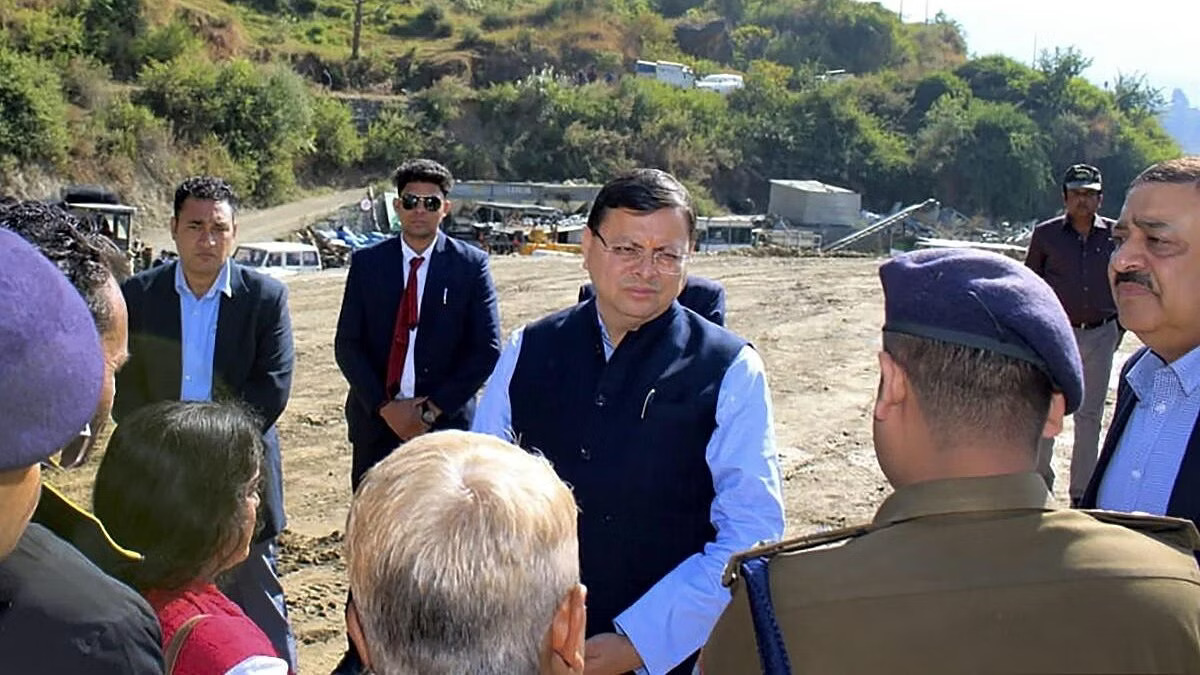

In the wake of the recent tunnel collapse incident on the Char Dham route in Uttarkashi’s Silkyara, environmental experts are emphasizing the critical need to address ecological concerns for development in the Himalayas. Ravi Chopra, a prominent environmentalist who resigned from a Supreme Court-appointed committee, expressed concern that such incidents would persist without a comprehensive ecological approach.
Chopra stressed the importance of achieving a balance between development and ecological sustainability for the Himalayan region. Sustainable development, he emphasized, should integrate geological and ecological considerations. The collapsed tunnel on the Brahmakhal-Yamunotri national highway has triggered ongoing rescue operations to evacuate trapped laborers.
Criticism has also been directed at the construction methods employed in the Char Dham all-weather highways, particularly the widening of roads. Harshapati Uniyal, a former advisor to the State Planning Commission, labeled these roads as a tragedy for Uttarakhand, citing concerns about inappropriate widening techniques. He highlighted the inherent risks associated with disturbing slopes in river valley alignments, leading to disasters like landslides.
The surge in natural disasters in Uttarakhand since 2010 has raised alarm bells. The Kedarnath disaster of 2013, in which thousands lost their lives, marked a turning point. Uniyal noted a significant increase in natural disasters post-2010, emphasizing the vulnerability of Rudraprayag district, as indicated in a landslide-zone map presented by ISRO.
Despite the susceptibility of certain regions, the government has allegedly not taken adequate steps to mitigate these risks. Uniyal cited Chief Minister Pushkar Singh Dhami’s acknowledgment of approximately Rs 1,000 crore in losses during the recent monsoon. Activists like Shivanand Chamoli underscored the necessity of examining development projects thoroughly, considering the fragile Himalayan ecosystem. Chamoli warned against haphazard development, emphasizing its potential contribution to disasters.
The incident in Joshimath earlier this year, where land subsidence was reported, highlighted the interconnectedness of development projects and environmental impacts. The call from experts and activists is clear: a holistic evaluation of development initiatives is essential to safeguard the ecological balance and prevent disasters in the Himalayan region.